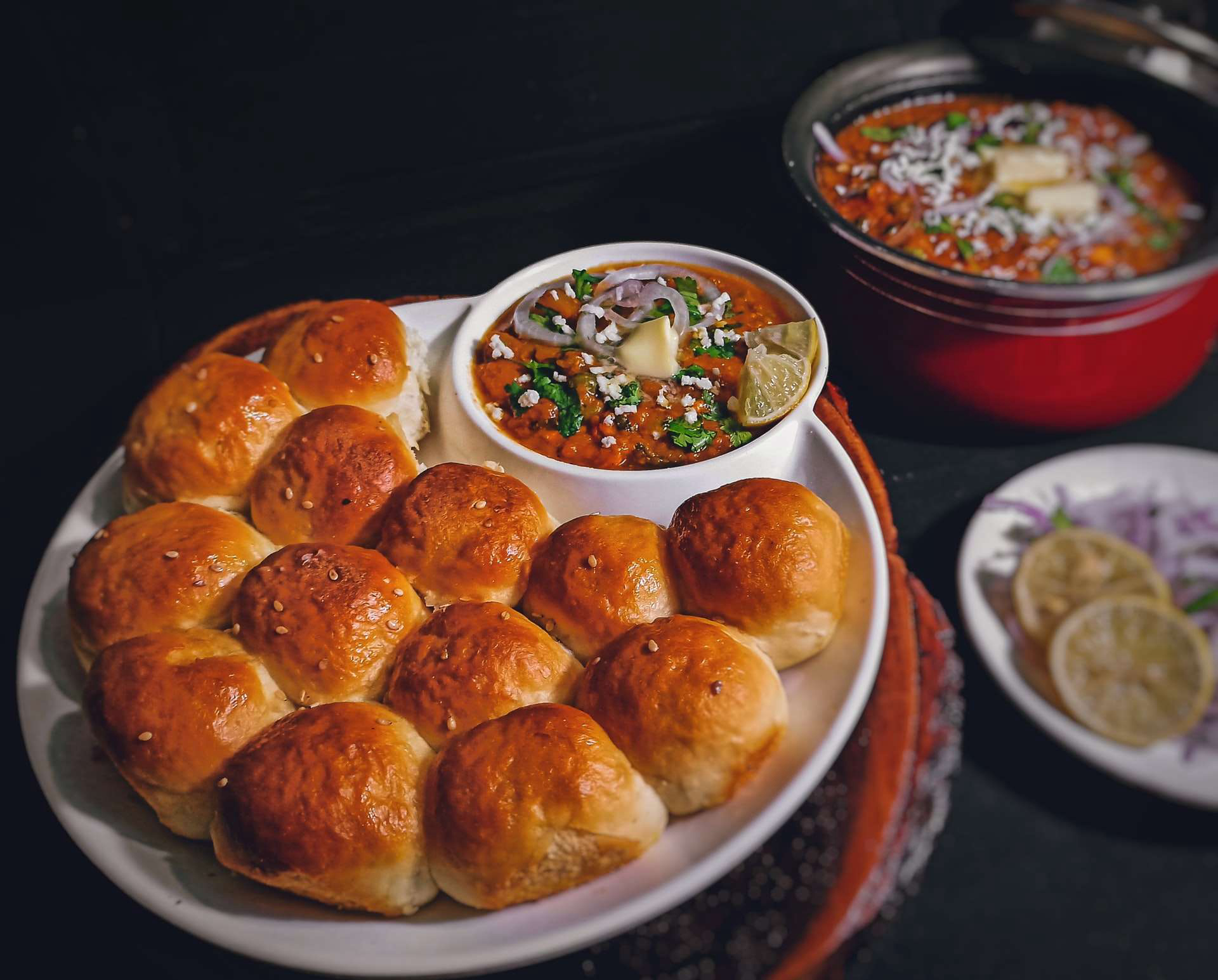
Some buttery toasted pav along with spicy bhaji, topped with some chopped onions, cheese and a scoop of butter. Just one thought of this delicacy is enough to make numerous foodies drool. Pav bhaji is not only popular in Mumbai, but it is similarly appreciated by many states in India. It is made with mashed potatoes and numerous other vegetables and spices, and this delicious dish has been a popular delicacy in India for a long time. Pav bhaji must be one of the most-liked delicacies in India but it doesn't have Indian roots.
Uniquely, the price of cotton, the Portuguese, vegetarianism, and the American Civil War are related to the origin of Pav bhaji. During the American Civil War of the 1860s, the entire world market was cut off from the Southern United States' major crop king - Cotton. The American Civil War was a social war in the United States from 1861 to 1865, fought between the northern states loyal to the Union and the southern states that had rebelled to form the Confederate States of America. The military general knew that the best way to win a war is through economics. The Naval Union Blockade of April 1861 heavily targeted Louisiana and Alabama, and it made the cotton exports of the south come to a massive halt. When the world market suffered due to this, it led to an increase in the demand for cotton, and the cotton mill owners in Mumbai grabbed this opportunity.
The vegetarian Gujarati traders of the old cotton exchange in Mumbai knew all the work of cotton. To fulfil the huge orders arriving from the various parts of the world, the workers at Mumbai had to work day and night. There were a bunch of traders working hard into the deep night, and they were largely vegetarian. They were rich or wannabe rich people, but they were also careful while using money. And when you have a demand, a related supply opens up. To keep these workers fed, tiny stalls were set outside such mills. They had to prepare food which was not only cheap but also easy to make. This meal was not only nutritious but was similarly available round the clock. As the number of mills spread across Mumbai, so did these pav bhaji stalls.
The pav bhaji stalls made pav bhaji from all the leftover vegetables from the day and served it with buns of pav. However, India had no tradition of baking pieces of bread before the 15th century just like most of Southeast Asia. The Portuguese were largely responsible for introducing the bread which is pav in Hindi and Pão in Portuguese. The pav bhaji is made from the cheapest of ingredients, such as potatoes, tomatoes and onions and pav or buns full of butter. It is similarly covered with multiple toppings depending on the individual taste buds. Not many things have changed since 1861, and even today, pav bhaji works as a quick, economical and tasty meal for many people in Mumbai. Today, pav bhaji is also available at malls, vegetarian restaurants and at beach-sides apart from the street-side stalls. Pav bhaji was a huge hit back then, and it will continue to be so with its fascinating taste.
_________________________________
Reference:
- www.thecoorgfoundation.org
- www.medium.com
